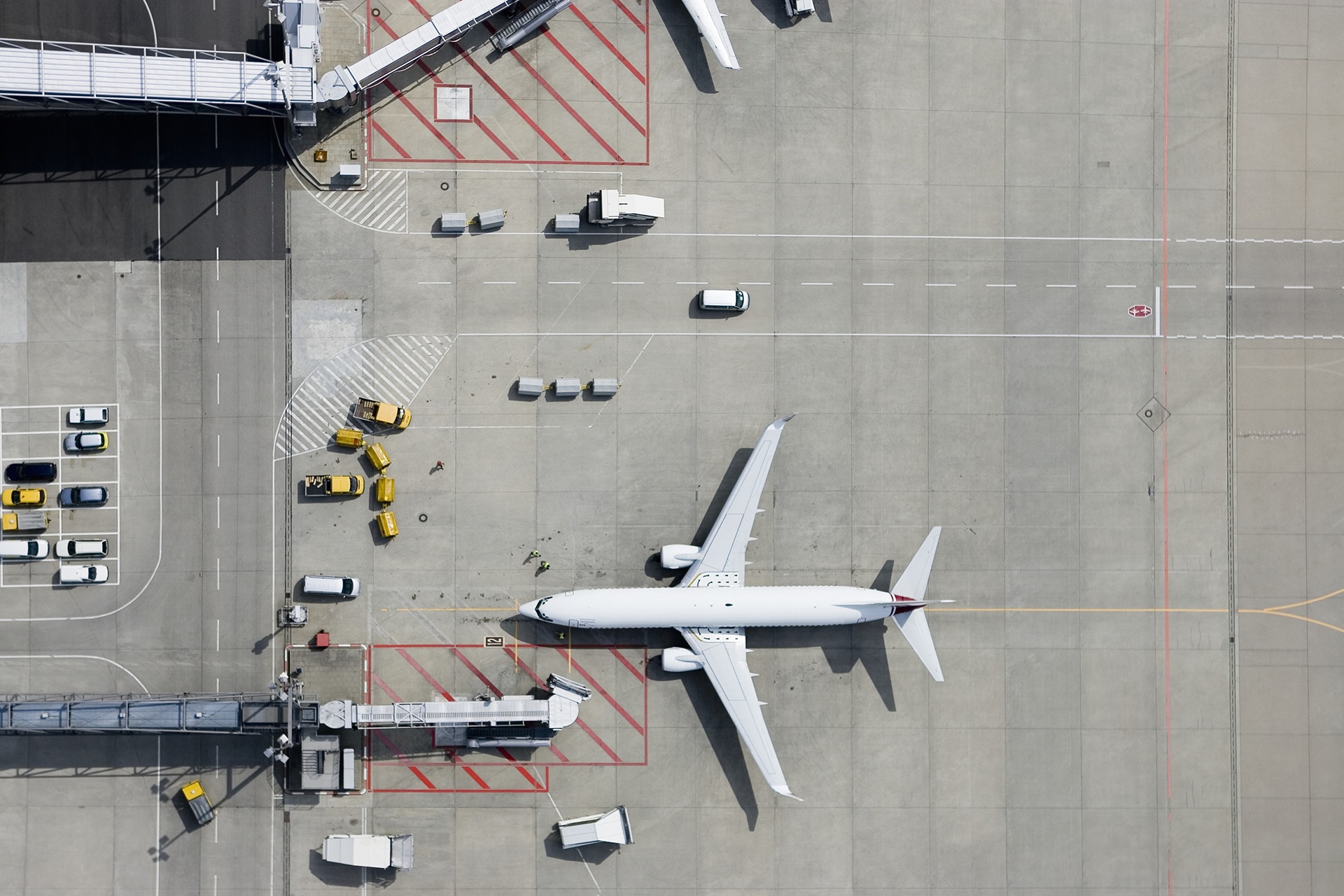Global air connectivity rankings have shifted noticeably over the past decade, influenced by both long-run trends and short-run developments.
Long-term factors, such as demographics, incomes, and prices, drive air passenger demand and, consequently, air connectivity.
Emerging markets and developing countries have experienced favorable changes in these factors, supporting their rise in the connectivity ranking.
Notably, emerging countries have generally experienced faster income growth, albeit from lower levels, and their expanding populations tend to differentiate them from more mature air transport markets.
India, Türkiye, and Mexico’s ranking benefited from also positive short-term factors, particularly important infrastructure investment and efforts to enhance international connectivity.
As a result, Mexico climbed 11 places to #9 between 2013 and 2023, while Türkiye moved up 6 positions to #10, making them the only two newcomers to the Top 15 countries (using IATA’s Air Connectivity Index).
Mexico’s open border policy during the pandemic also helped mitigate adverse connectivity impacts, contributing to its rise in international connectivity (which rose from #23 to #12).
India and Spain also improved their rankings by three places each, benefiting from strategic investments in infrastructure and trade facilitation.
Conversely, several Asia Pacific countries, such as Indonesia, Australia, and Thailand, have fallen in the rankings, largely due to extended post-Covid travel restrictions in key regional markets.
Of the remaining 13 countries shown, only the US, China, and Japan (ranked #1-3, respectively) saw their ranking unchanged over the decade, including the 2018 mid-point.
Over time, the long-run drivers will prevail. Still, these examples highlight the positive impact that the right policy initiatives can bring to air connectivity, supporting jobs, economic activity, and incomes across the economy.



